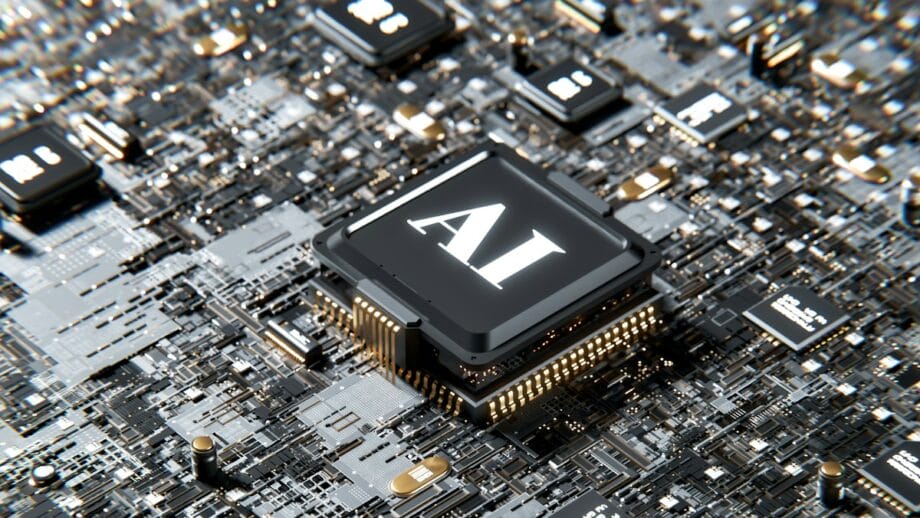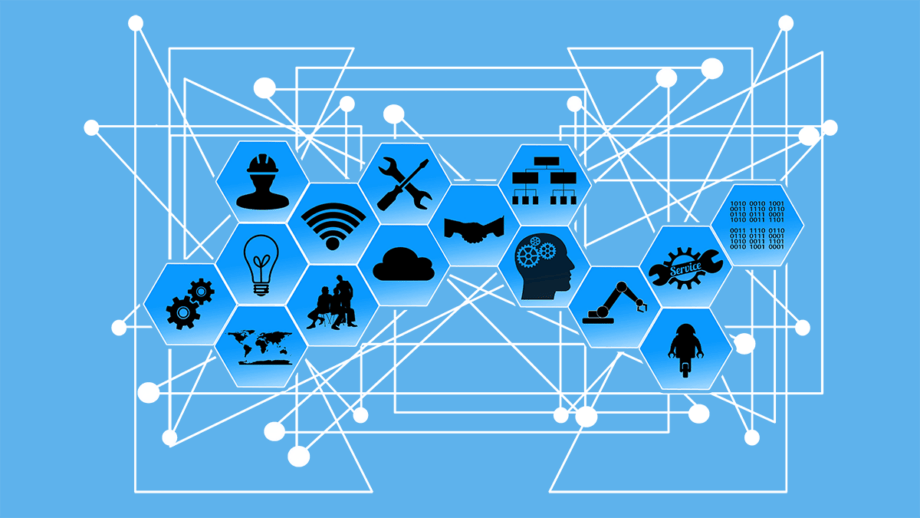Building Automation Systems (BAS) refers to the incorporated networks of hardware and software solutions that monitor and control a building’s mechanical and electrical systems. These BAS are particularly considered to advance productivity, comfort, and security of buildings by automating routine functions and permitting real-time monitoring.
Traditional is largely sensitive, responds to a fixed schedule, or manual input. For example, light can be turned on or off at a certain time, or the HVAC system can work on the basis of a simple thermostat reading. While this model improves basic efficiency compared to non-supplied systems, it lacks real-time environmental changes or adaptation ability to respond to occupancy variations.
In addition, traditional BAS systems often function in silos, which gives limited communication between subsystems and significantly reduces the ability to supervise the building-wide operations.
However, modern BAS plays an important role in commercial, residential, and industrial sectors, as commercial buildings heavily depend on BAS to reduce energy consumption and improve efficiency. Also, residential buildings integrate BAS as a smart home technology, which provides convenience and security to homeowners, and in industrial facilities, it helps to maintain a strict environment and improve operational efficiency.

Integration of the Internet of Things (IoT) refers to the interconnection between physical devices, such as actuators, controllers, and sensors, through local networks and the internet to collect, share, and act upon data.
Furthermore, integration of IoT and AI is transforming BAS into intelligent ecosystems that are capable of proactive management and continuous optimization of building operations.
However, IoT enables the deployment of interconnected sensors and devices to generate large amounts of real-time data from every corner of a building, which significantly improves the safety of buildings.
Furthermore, AI transforms this data to identify patterns, predict maintenance, and make autonomous decisions that enhance energy efficiency and inhabitant experience. According to Pristine Market Insights, the building automation systems market is experiencing significant growth, driven by increasing urbanization, growing adoption of smart technologies, and energy efficiency commands.
Role of IoT in Building Automation Systems
Internet of Things (IoT) is a transformational technique that plays an important role in modernizing the building automation system (BAS). At its core, IoT refers to the interaction of physical devices such as sensors, actuators, and controllers that work on the internet or local networks, enabling the collection, sharing, and processing of data.
In the building automation systems market, IoT acts as a digital nervous system, which allows the construction components to communicate and operate wisely based on real-time input. IoT devices enable data collection and monitoring, providing building managers with continuous visibility into system performance and environmental conditions, which indicates significant improvement in the building automation systems market. Along with IoT, anomalies such as malfunctions, unusual energy spikes, or unsafe conditions can be detected and immediately addressed, reducing risks and costs.
The basic components of IoT in the building automation systems market include sensors, actuators, and gateways. The sensors detect physical conditions within the buildings, actuators receive commands from BAS to take action, while gateways collect data from various sensors and transport it to a central control system or cloud platform for analysis and decision-making. Together, these elements enable buildings to become a responsible environment that is constantly adapted to internal and external changes.
Different types of IoT sensors play a specific role in increasing building intelligence. Temperature and humidity sensors, especially in HVAC control, are important for maintaining an optimal indoor climate. CO2 sensors help to monitor indoor air quality and trigger the ventilation system monitor, which indicates a powerful application of IoT devices.

Role of AI in Building Automation Systems
Artificial intelligence is playing a dynamic role in the expansion of the building automation system, which is transforming automation from controls to intelligent, self-teaching systems. Modern BAS can enable buildings to analyse large volumes of real-time data from the IoT sensors and make dynamic decisions without human intervention.
Predictive maintenance through AI is one of the most powerful applications in the building automation systems market. AI algorithms can analyse historical and real-time sensor data so that they can predict equipment failures.
Another major function of AI is energy adaptation. AI can learn from external factors such as previous energy usage patterns, occupancy trends, and weather forecasts to continuously adjust the system.
Furthermore, a major function of AI is energy adaptation. AI can learn from external factors such as previous energy usage patterns, occupancy trends, and weather forecasts to continuously adjust the system.
AI also contributes to comfort and privacy. By analyzing user behavior and preferences, AI can adapt to light, temperature, and air quality settings for various fields or individuals. Additionally, AI increases security within smart buildings. The integrated computer vision algorithm with video surveillance can identify faces for abnormal activity, unauthorized access, or even controlled access.
Synergy Between IoT and AI in Building Automation Systems
Integration of IoT and AI technologies combined to create an intelligent and responsible building environment, which provides a powerful driver for building automation systems market expansion. While the IoT provides the eyes and ears of a building through its spacious network of sensors and equipment, AI acts as a brain that analyses the incoming data and decides when and where to increase operational efficiency, safety, and living comfort.
The IoT devices collect real-time data on the variables (like persistent temperatures, humidity, occupancy, energy use, air quality, and equipment performance), but they don’t have the ability to explain patterns, decide, or learn from historical data behaviour. Thus, the AI algorithm processes and analyzes this collected real-time data, identifies trends and future insights that are likely to surpass human operators or stable control systems.
This collaborative relationship between IoT and AI also enables future and active building management. However, this synergy between IoT and AI transforms buildings into adaptive, learning environments, instead of automating some tasks.
AI models collect data from IoT devices to reduce unexpected repair costs and improve operational efficiency. This fusion can significantly reduce operational costs and contribute to meeting targets, and enhance the overall quality of buildings.

Key Benefits of IoT and AI in Building Automation
- Enhances Energy Efficiency: It is one of the most crucial benefits of IoT and AI in BAS, in which IoT sensors can continuously monitor factors, such as temperature, light levels, occupancy, and equipment. This data can be processed to identify patterns, disabilities, and areas of overweight through AI. These control systems are used in areas where there is a reduction in electricity and higher heating/cooling costs.
- Predictive Maintenance: IoT sensors can detect microscopic changes, such as abnormal noise, vibrations, and changing temperature, while AI models can integrate these signals and predict before system breakdowns. This significantly reduces unexpected breakdowns, avoids expensive emergency repairs, and extends the life of old building assets, which improves the overall management system.
- Smart Control: The combination of AI and IoT technologies enables buildings to operate with a high degree of automation and intelligence, which significantly reduces human intervention, operational errors, and improves the efficiency of building systems.
- Scalability and Flexibility: Modern building automation systems integrated by IoT and AI, which offer high scalability and flexibility in the construction sector. New sensors, devices, and software modules can be added to existing infrastructure, and AI algorithms can also be adopted over time.
- Market Trends and Drivers: The Building automation systems market is driven by technological advancement, regulatory pressure, and growing demand for energy efficiency. As buildings get smart, the building automation systems market is driven by this.
- Growing Demand for Energy Efficiency and Sustainability: The rapidly increasing energy cost in both residential & commercial sectors, along with rising awareness of climate change, shifts the demand towards energy-efficient buildings. Moreover, AI and IoT allow buildings to operate more efficiently by adjusting systems and help to achieve sustainability targets.
- Increasing Urbanization and Smart City Development Projects: As cities become smarter, connected building is expected to be incorporated into the advancing ecosystem of smart city infrastructure. IoT and AI play a crucial role in managing traffic flow, energy grids, and public safety, and acting as integrated components of urban development strategies is anticipated to boost building automation system market expansion.
- Shift Towards Remote Monitoring and Management: The Global pandemic highlights the importance of remote operations and real-time visibility in building management. Thus, IoT in the building automation systems market allows for monitoring and control systems from anywhere through a cloud system, and AI helps to provide insights for decision-making.
- Growing Importance of Data Security and Cyber Resilience: As modern buildings become smarter and connected, cybersecurity becomes a central point in building automation. Modern systems are now incorporating advanced cybersecurity measures like end-to-end encryption of data in transit, secure boot & firmware integrity checks for IoT devices, and multi-factor authentication for system access.
Conclusion

The building automation system (BAS) market, by integration of IoT and AI, represents a fundamental change in how buildings are managed, operated, and experienced. These technologies are converting buildings into intelligent, self-teaching environments, able to meet the needs of living, optimize energy use, and increase safety.
The building automation systems market development is being driven by major factors such as energy efficiency mandates, urbanization, stability goals, and increasing demand for smart city infrastructure. Adopting IoT and AI enhances operational efficiency, gives long-term value in terms of stability, living satisfaction, and digital competition.






